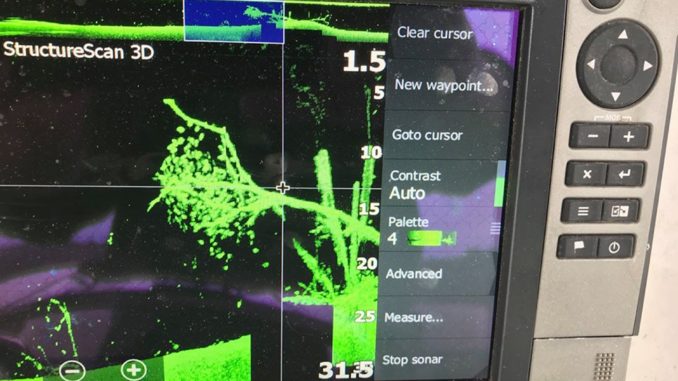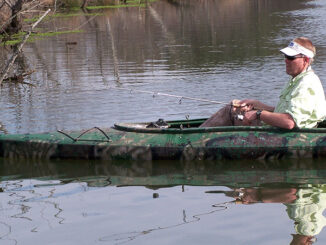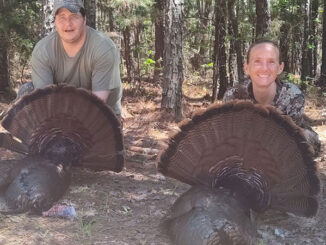
Details, details, details
Paying attention to details is never more important than when fishing for crappie in cold water, especially in February. If everything is done right, an angler is rewarded with a box full of fish, but missing the mark often means coming up blank. Here are some common tips that often mean the difference between catching a limit and going home empty-handed.
Fish on the graph. Crappie tend to hold very tightly in specific places. If you’re not marking fish on your depth finder — or at least substantial amounts of baitfish — you’re wasting time.
Small, lively bait. Crappie shy away from larger baits when water temperatures are below 50 degrees. A tiny, live bait or fast-action artificial bait is your best choice.
Longer rods. Less-aggressive fish rarely tolerate boats directly above them, especially in water less than 10 feet deep. Use longer, limber rods to present baits out away from the boat.
Fish above the fish. Crappie feed up and rarely go down for bait. In colder water, the closer the bait is to the fish’s nose, the better your chances of getting bit.
Light line. Winter water is often the clearest of the year. Dormant crappie may take notice of heavier 8- to 10-pound line. It’s better to use 4- to 6-pound test in clear colors. Some anglers even opt for 2-pound line in the cold water.





Be the first to comment